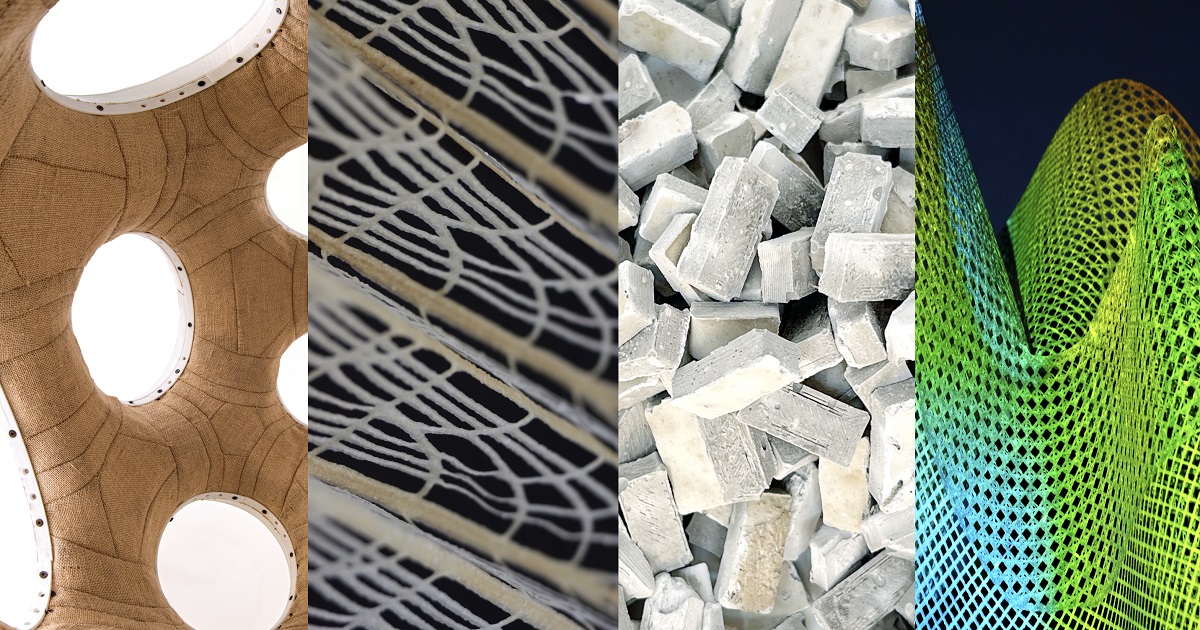Biomaterial Composites: New Enablers in Design and Manufacturing of Non-Medical Applications
A special issue of Applied Sciences (ISSN 2076-3417). This special issue belongs to the section "Applied Biosciences and Bioengineering".
Deadline for manuscript submissions: 20 May 2025 | Viewed by 725

Special Issue Editors
Interests: biocomposites design; ambient conditions manufacturing; biocontsruction; regenerative architecture
Interests: biomaterials; environmental protection; water treatment; biomass and biochar
Special Issues, Collections and Topics in MDPI journals
Special Issue Information
Dear Colleagues,
Novel synthesis of biopolymer-based material systems is at the forefront of biomedical applications in drug delivery and tissue scaffolding due to biomaterials’ biocompatibility, composite versatility, ability to adapt to environmental parameters, and to encapsulate active molecules for sensing and response. Learning from biomedical advances and harnessing biomaterials’ natural biodegradability, new blends are recently gaining interest for non-medical applications in engineered consumer products and building construction systems.
Bio-composite innovation orchestrates multiple materials and resulting properties are difficult to predict. For instance, blends may use binders, strengtheners, and plasticizers from proteins (such as collagen, gelatin, or fibroin) and from polysaccharides (such as cellulose, chitin, glucose, guaran, or sodium alginate). These may be combined with plant fibers to confer tensile and bending capacity (such as flax, hemp, sisal, or jute), or with mineral aggregates to modify porosity or compression strength (such as kaolin, lime, silica, or diatomite). They might support growth of living organisms to perform new function (such as mycelium, microalgae, or mosses), might contain fillers that alleviate industrial waste streams (such as produce, fishery, demolition, fashion, or forestry), and sustainable coatings might help tune weathering (such as waxes and mineral pastes).
New predictive models harnessing artificial intelligence (such as retrieval-augmented generation) can help design multi-objective optical, mechanical, biological, and chemical properties of bio-composites by compiling data in recent literature and computing a myriad of application-specific blends via large language models.
Applications of non-medical ecologically benign bio-composites in products and buildings are challenged to deliver; (1) economies of scale for large constructs, (2) robust properties in dry composites, (3) compatibility with industrial manufacturing, (4) durable chemical or biological interaction, and (5) programmed decay.
Recommended topics:
- Synthesis of bio-composites tailored to naturally biodegrade at end-of-life.
- Artificial intelligence applied to bio-composite blend property prediction.
- Tooling for large-scale manufacturing of biomaterials and bio-composites.
- Applications of bio-composites in architecture and product engineering.
Dr. Laia Mogas-Soldevila
Dr. Ioana Chiulan
Guest Editors
Manuscript Submission Information
Manuscripts should be submitted online at www.mdpi.com by registering and logging in to this website. Once you are registered, click here to go to the submission form. Manuscripts can be submitted until the deadline. All submissions that pass pre-check are peer-reviewed. Accepted papers will be published continuously in the journal (as soon as accepted) and will be listed together on the special issue website. Research articles, review articles as well as short communications are invited. For planned papers, a title and short abstract (about 100 words) can be sent to the Editorial Office for announcement on this website.
Submitted manuscripts should not have been published previously, nor be under consideration for publication elsewhere (except conference proceedings papers). All manuscripts are thoroughly refereed through a single-blind peer-review process. A guide for authors and other relevant information for submission of manuscripts is available on the Instructions for Authors page. Applied Sciences is an international peer-reviewed open access semimonthly journal published by MDPI.
Please visit the Instructions for Authors page before submitting a manuscript. The Article Processing Charge (APC) for publication in this open access journal is 2400 CHF (Swiss Francs). Submitted papers should be well formatted and use good English. Authors may use MDPI's English editing service prior to publication or during author revisions.
Keywords
- biomaterial blends
- bio-composites design
- materials discovery AI
- biomaterials manufacturing
- ambient conditions manufacturing
- bioconstruction
- bio-based products
- regenerative architecture
Benefits of Publishing in a Special Issue
- Ease of navigation: Grouping papers by topic helps scholars navigate broad scope journals more efficiently.
- Greater discoverability: Special Issues support the reach and impact of scientific research. Articles in Special Issues are more discoverable and cited more frequently.
- Expansion of research network: Special Issues facilitate connections among authors, fostering scientific collaborations.
- External promotion: Articles in Special Issues are often promoted through the journal's social media, increasing their visibility.
- e-Book format: Special Issues with more than 10 articles can be published as dedicated e-books, ensuring wide and rapid dissemination.
Further information on MDPI's Special Issue polices can be found here.






